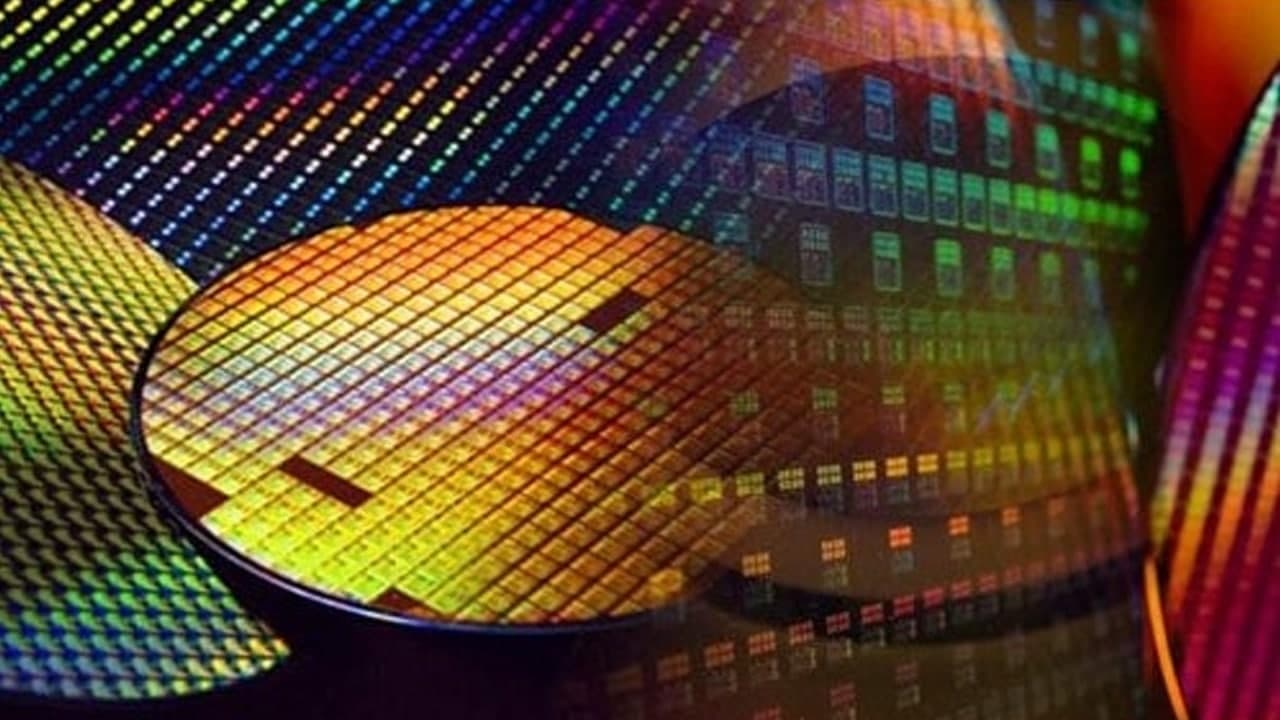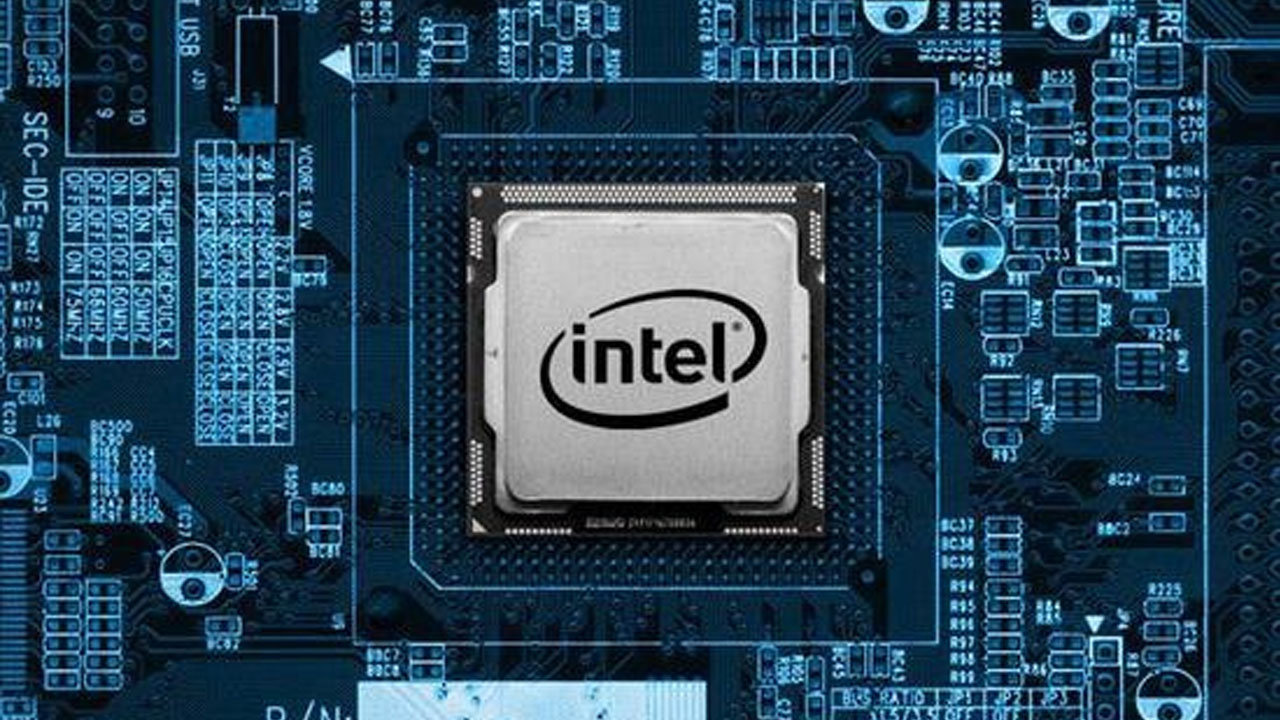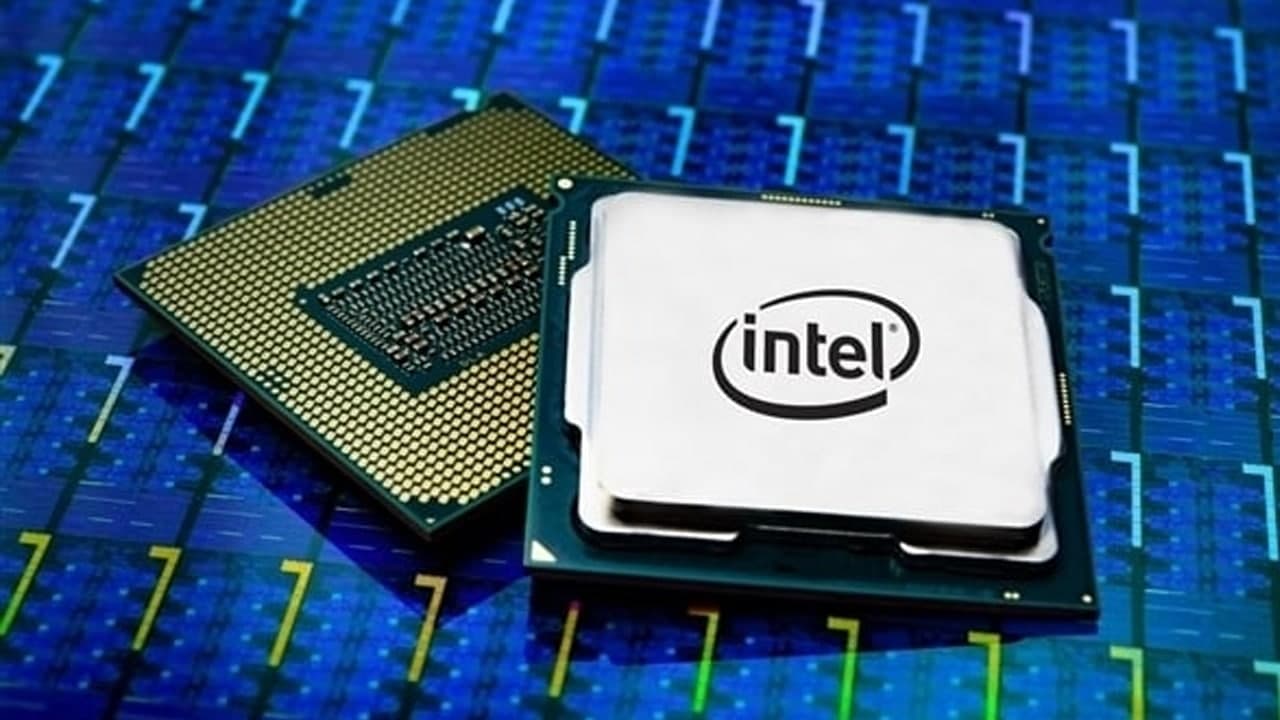According to the latest report, a few days after the Intel CEO’s visit to India, the US and Indian semiconductor industry agencies signed a memorandum of understanding to deepen mutual relations, demonstrating the willingness of the United States to help India build a semiconductor ecosystem.
Join tip3x on Telegram
Moreover, the Semiconductor Industry Association (SIA) and the India Electronics and Semiconductor Association (IESA) have signed a memorandum of understanding to assist each other in semiconductor-related matters and jointly organize members’ meetings between companies.
As the shortage of chips has lasted for about two years, and the conflict between Russia and Ukraine has affected the supply of raw materials, ensuring semiconductor supply has become a strategic issue for major economies.
 The U.S. Senate has passed a $52 billion bill to subsidize chip manufacturing. The European Commission has proposed a 43 billion euro ($46.5 billion) chip bill to address the chip shortage. India announced a 760 billion Indian rupees ($10 billion) Semiconductor India Program to develop a self-reliant semiconductor ecosystem.
The U.S. Senate has passed a $52 billion bill to subsidize chip manufacturing. The European Commission has proposed a 43 billion euro ($46.5 billion) chip bill to address the chip shortage. India announced a 760 billion Indian rupees ($10 billion) Semiconductor India Program to develop a self-reliant semiconductor ecosystem.
Intel CEO Henry Kissinger visited India on April 6 and met with the Indian Prime Minister. While Intel did not commit to investing in chip manufacturing in India during Kissinger’s visit, Israeli chipmaker TowerSemi, which Intel offered to buy, partnered with Abu Dhabi-based Next Orbit Ventures to build a fab in India.
For several reasons, the United States has been working to build more robust and reliable supply chains. In September 2021, the Quad Security Dialogue (Quad), including the US, Japan, Australia, and India, agreed to join forces to secure supply chains in key areas such as semiconductors and 5G.






